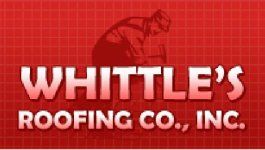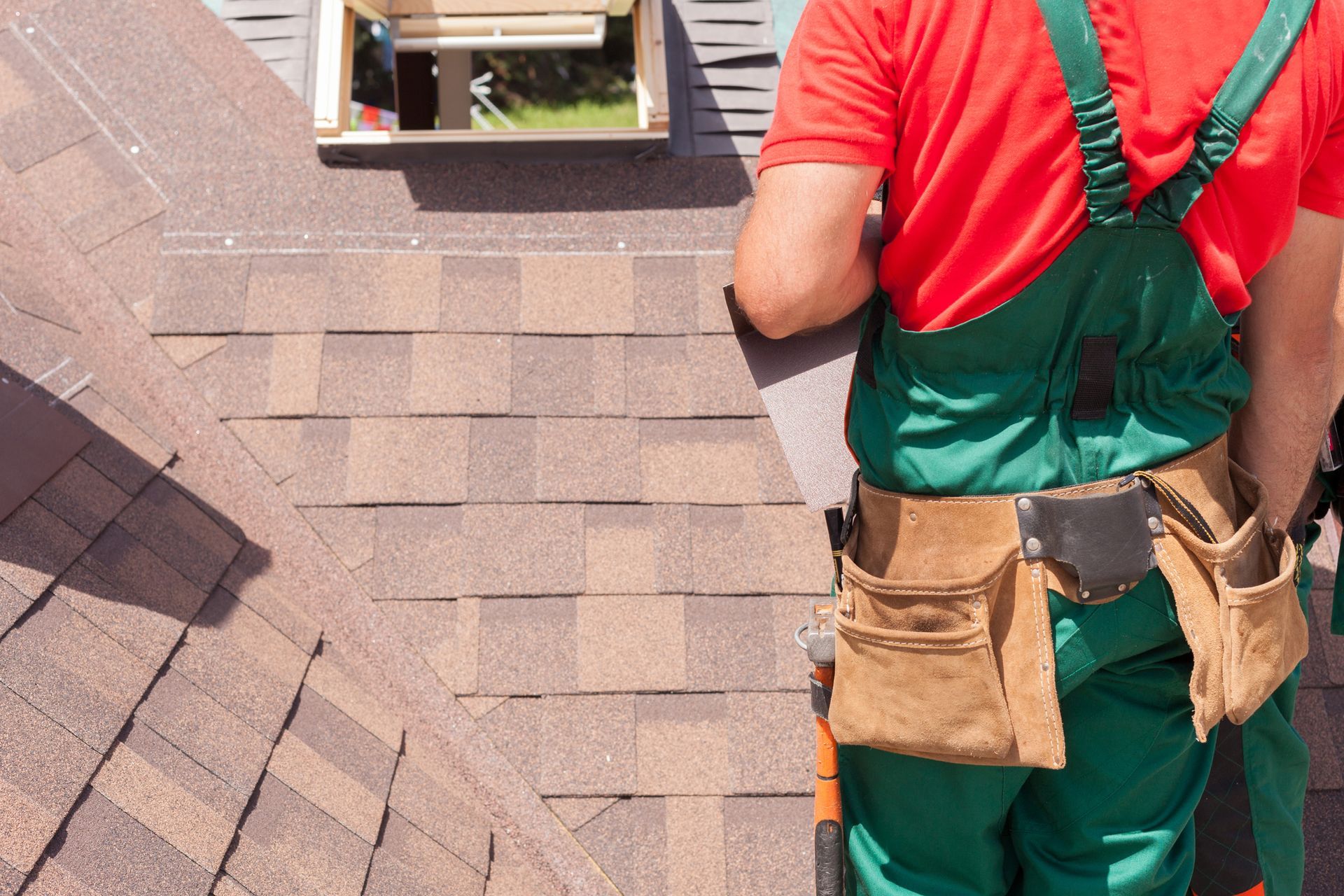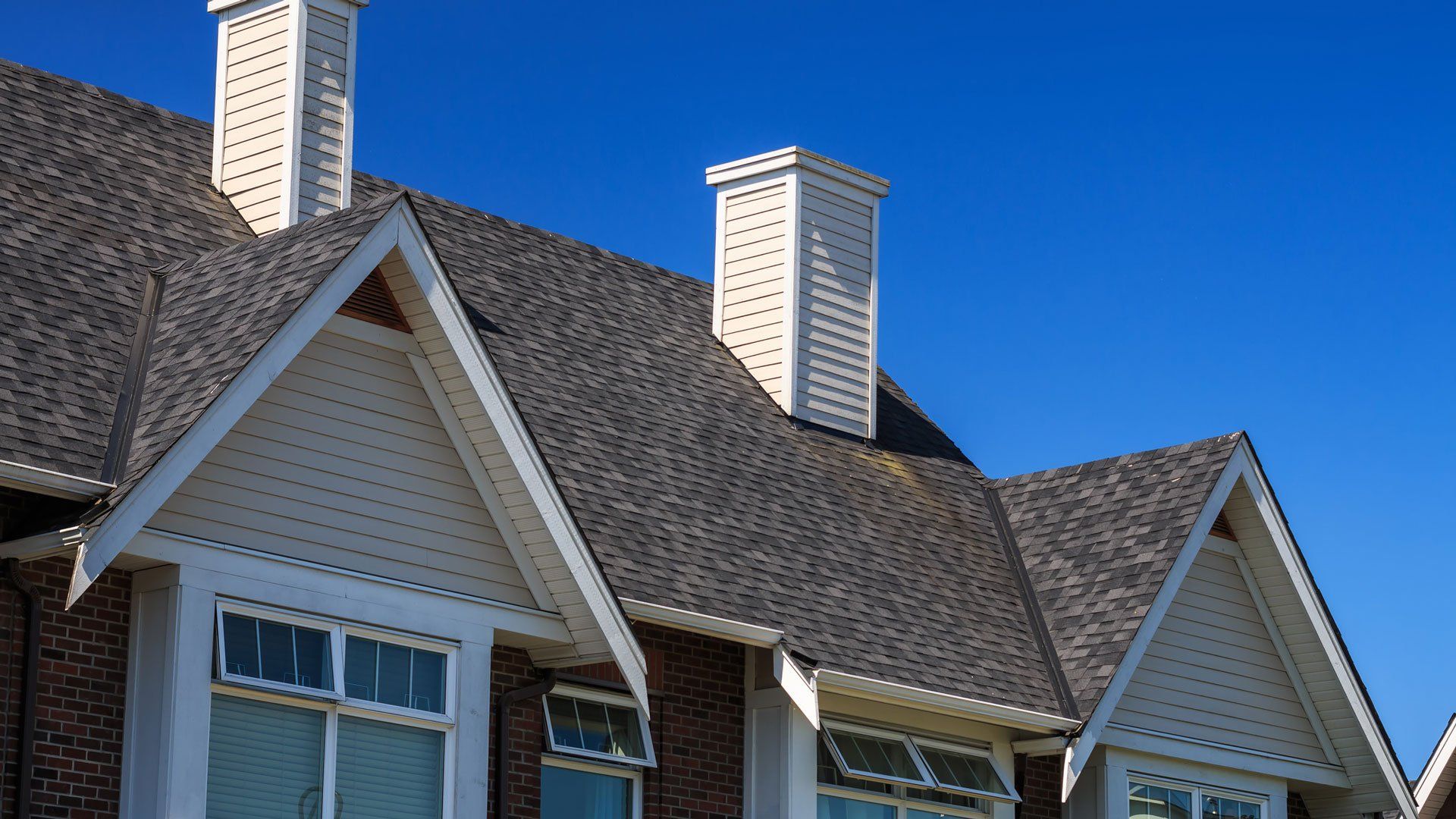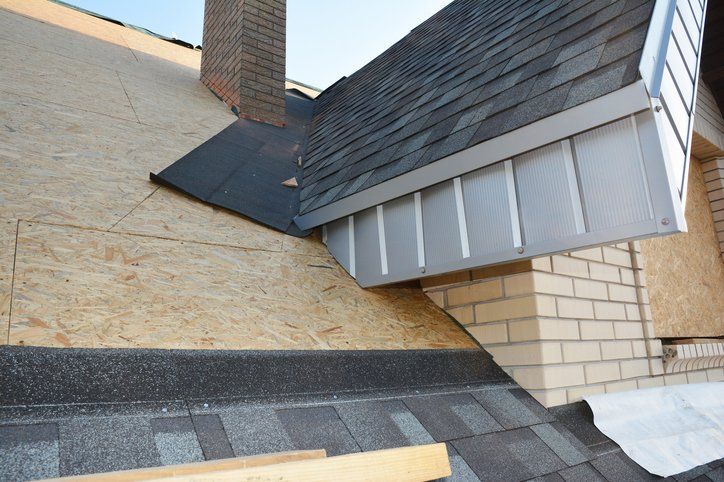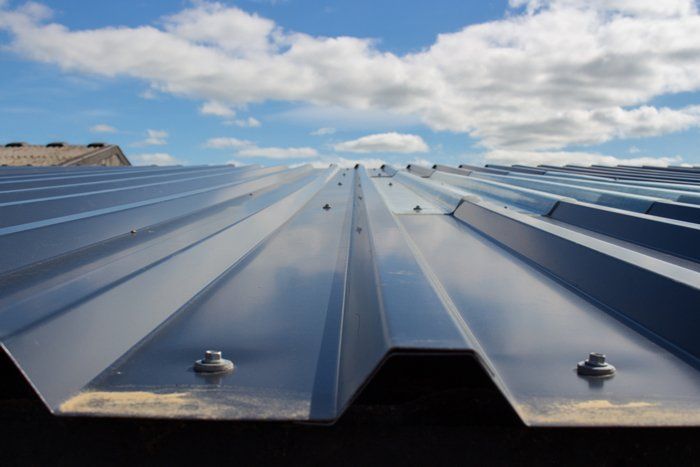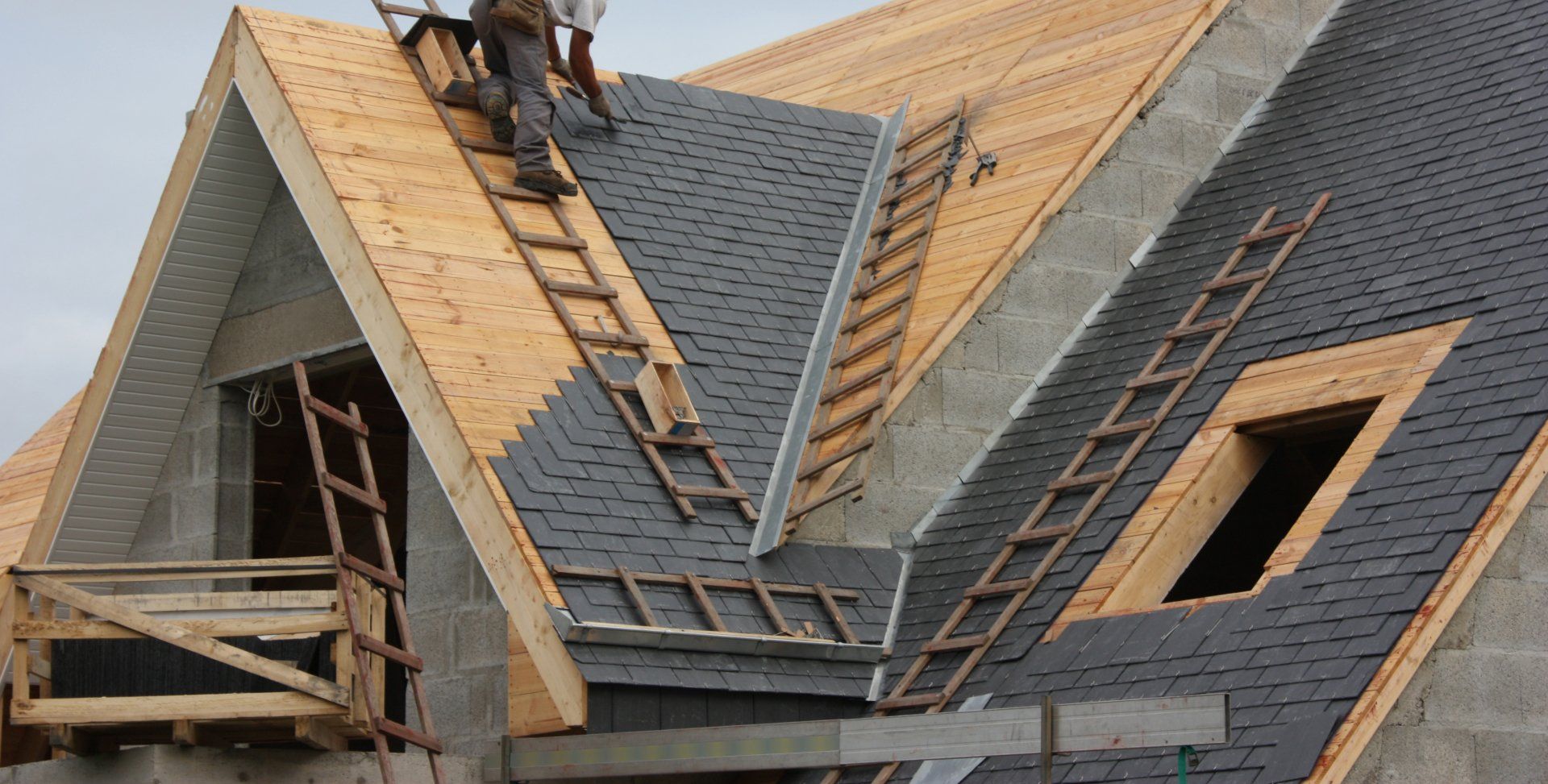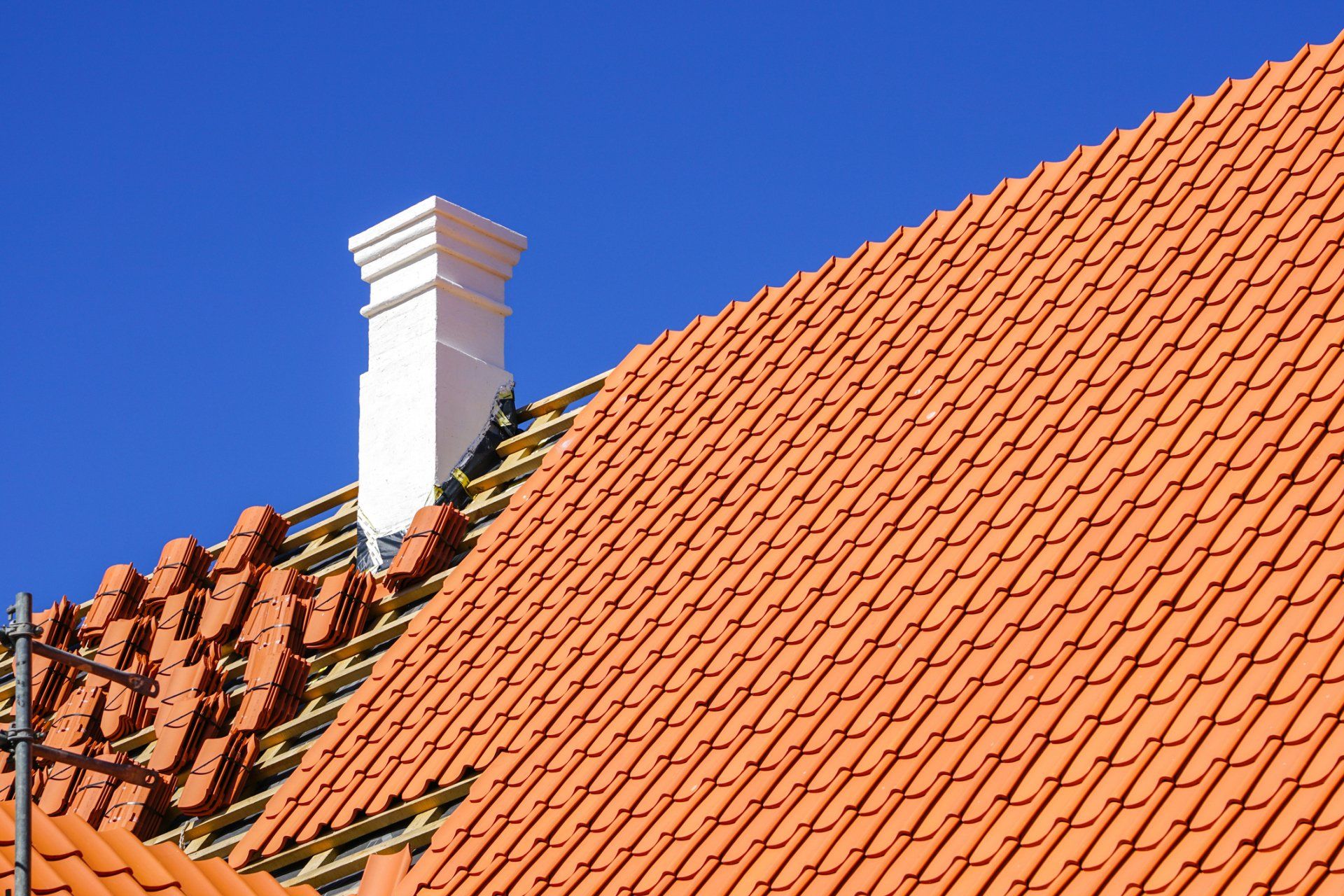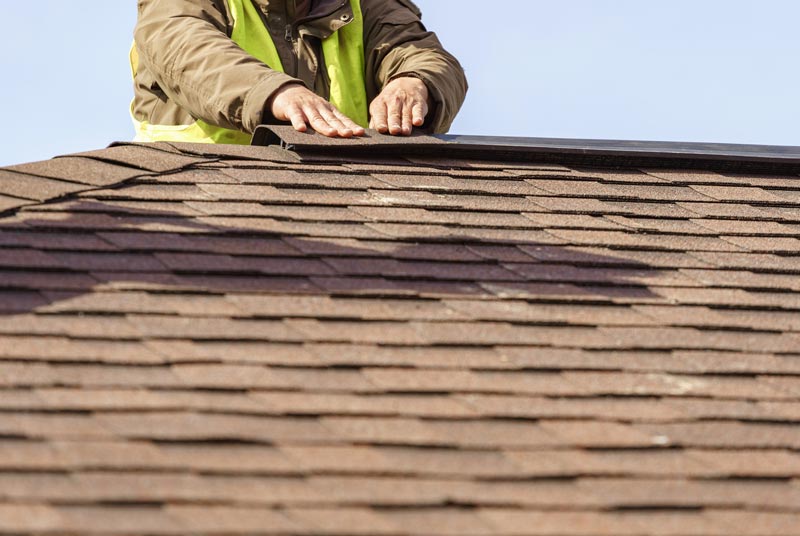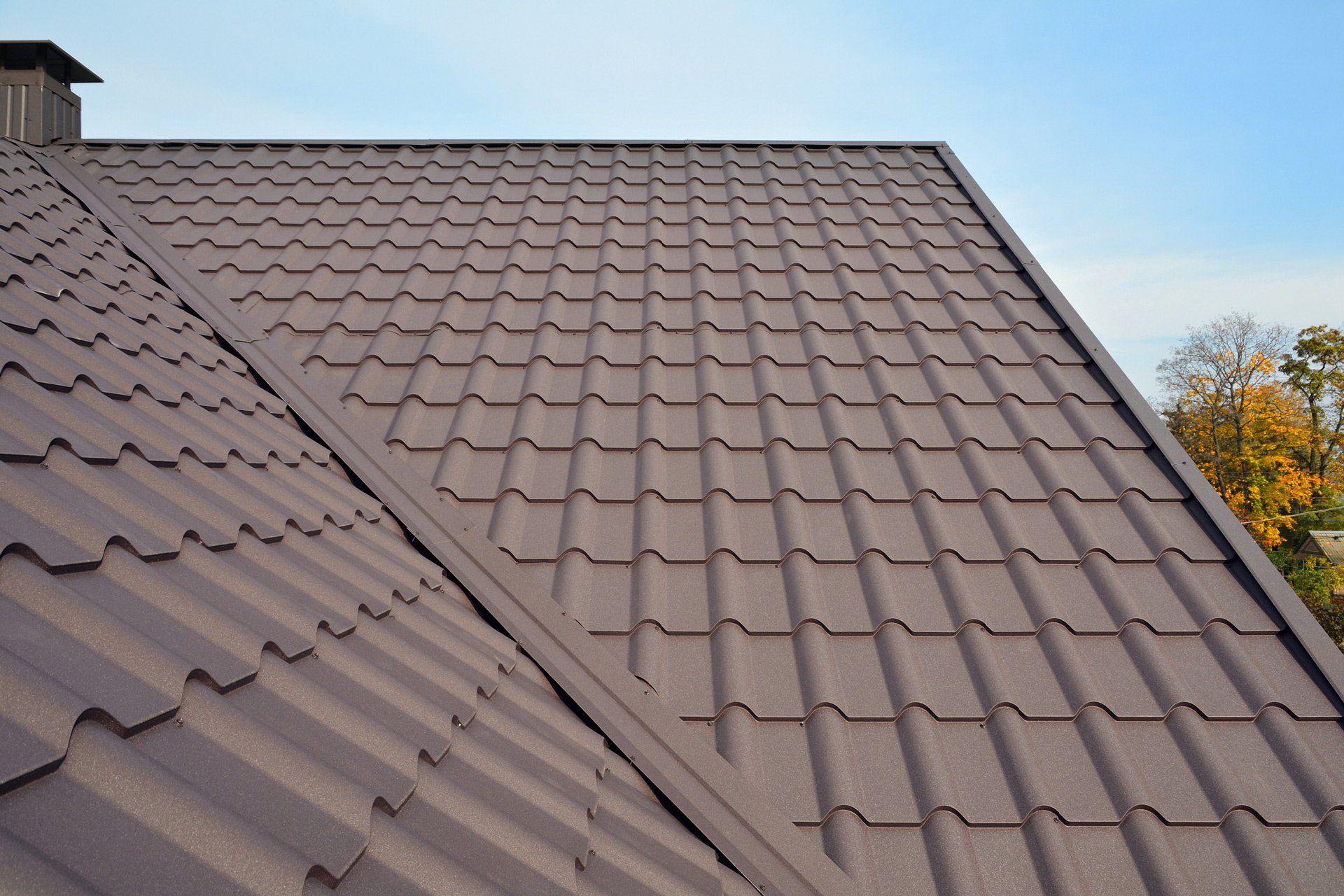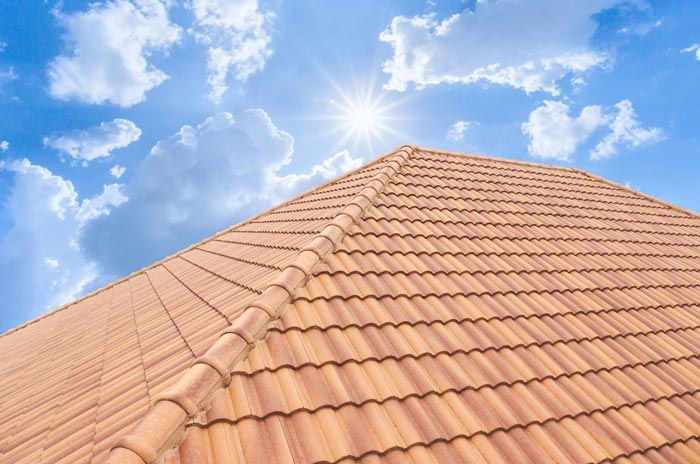4 Vulnerable Areas on Your Roof
Admin • February 13, 2020
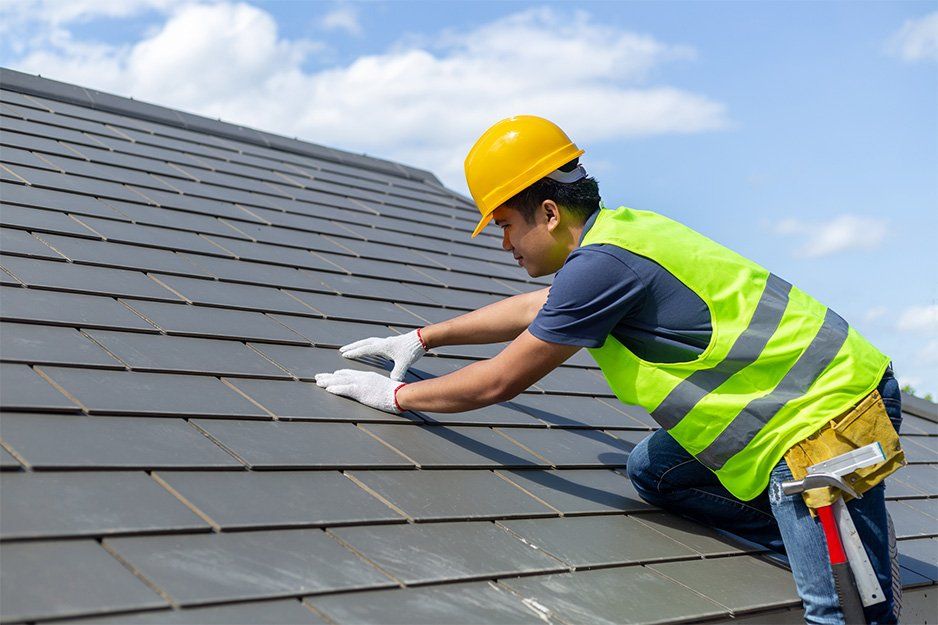
Your roof is a crucial component of your home because damage to the roof often undermines the structural integrity of the house. One way to avoid potential problems is to understand what areas of the roof are especially vulnerable to leaks. This article takes a look at four parts of the roof that homeowners should check regularly for any issues.
1. Chimneys
Chimneys have several components that are prone to leaking. The chimney cap is a metal cover that prevents rain from entering the opening at the top of the chimney. The chimney cap can deteriorate over time and allow water to pass through the metal.
Also, the mortar joints on the chimney often crack or become loose as they age, which lets moisture get into the house. Another component susceptible to leaks is the flashing, the protective metal strips at the bottom of the chimney. Flashing can easily become loose as the fasteners are exposed to the elements or become worn and rusty over time.
2. Valleys
A roof valley is the area of the roof where two roof planes meet at a right angle. Valleys are prone to leaks and sometimes have metal flashing to guard against moisture getting onto the roof sheathing. Roofers also may apply extra roofing felt under the valley shingles for added protection.
In some instances, roofers use a special technique when laying shingles on a valley to help protect the area from leaks. The method, known as a closed valley, involves weaving the shingles of the two roof planes together in a way that inhibits water from getting underneath the shingles.
3. Vents
A roof vent is an opening where the roof is penetrated by a pipe or some other component coming up through the top of the house. The most common type of roof vent is a plumbing vent, also known as a roof stack. Plumbing vents allow potentially dangerous gases from the plumbing system to exit the house safely.
Roof vents typically have a rubber covering, called a boot, at the bottom to make the connection between the vent and the shingles watertight. If the boot cracks or splits, due to weathering or some other cause, then it's going to leak.
The roof eaves are the area of the roof that overhangs the walls of the house. Components of the roof eaves include such features as the fascia, which are the vertical boards just below the last row of shingles, and the soffits, the horizontal boards on the underside of the projecting roof.
Another key component of the eaves area is the gutters. The gutters must stay fastened securely to the fascia board to avoid moisture issues. If a section of the gutter becomes loose, water can spill onto the fascia and soffits and cause them to decay.
Another common problem with gutters is clogs. When a gutter is clogged, water cannot flow freely down the drain and can back up onto the roof or fascia and cause damage.
All of these potential problem areas of your roof bear watching so that you can spot any issues before they become serious. Keeping a close eye on these vulnerable areas, however, may require getting up onto the roof, which is something many homeowners are not comfortable with.
Rather than climb onto the roof yourself, have the roof inspected on a regular basis by a professional roofing company. An experienced roofer, such as those at Whittle's Roofing Co., Inc., can spot any sign of trouble before it becomes a major issue that requires a costly repair. Contact us
to schedule an appointment or for more information.
